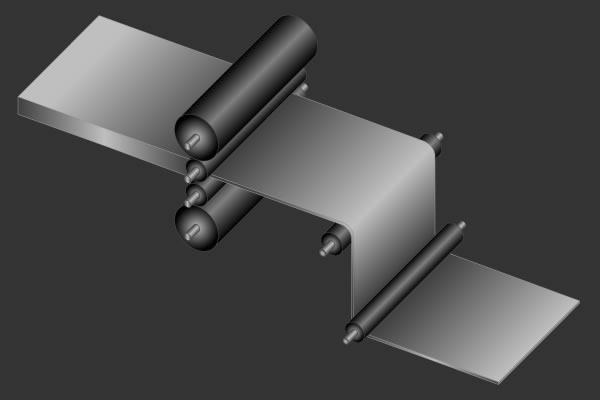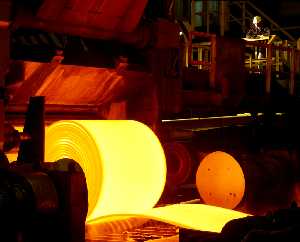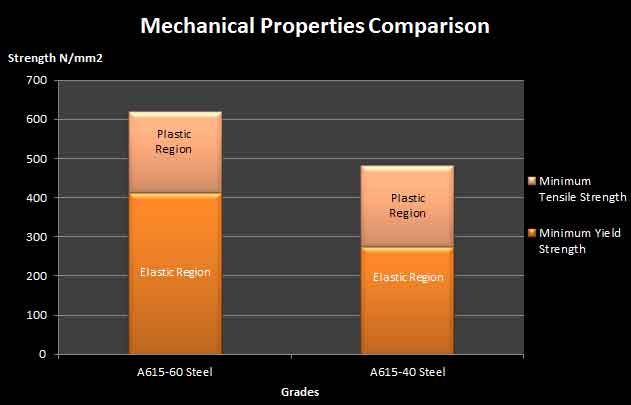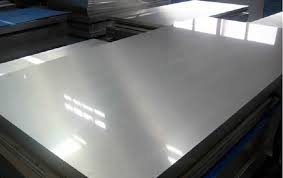Lead Chemical Symbol Pb Atomic Number 82
Lead belongs to the group of chemical elements in the periodic table known as the Group 14 or 4A i.e. Carbon, Silicon, Germanium, Tin and flerovium are other members of group XIV of the periodic table.
Occurrence of Lead: The existence of lead in the Solar System is approximately 0.121 parts/million. It is 2 ½ times more than platinum while 8 times more than mercury and 17 times more than gold itself. Nowadays amount of lead is increasing in the Universe due to decaying of elements into lead themselves.
In earth the abundance of Lead is in the form of chalcophile means that it is found in combination with Sulfur. Lead is rarely found in its metallic state. All the minerals of lead are light and they always remained in their crusts.
Physical Properties of Lead: An atom of lead contains 82 electrons. The pure form of lead is always bright and silver in colour with a shade of blue. It oxidized when in contact with moist air.
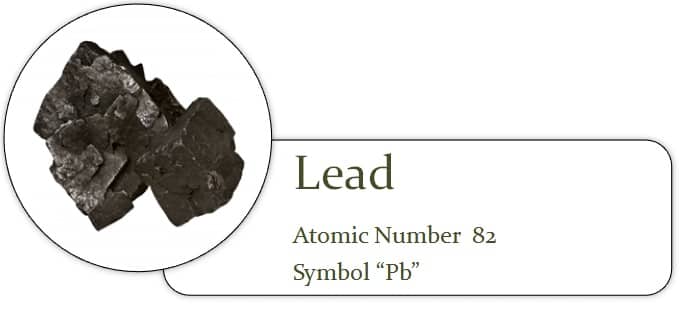
Lead Info-graphic
Lead is a high density element. It is malleable in nature. Lead is high resistance to corrosion. Lead is declared as a soft metal as it could be scratched easily. It is ductile. The melting point of Lead is 327.5 degrees centigrade while its boiling point is 1749 degrees centigrade. Lead is also a superconductor.
Alloying Behavior of Lead: Lead as well as lead alloys are used for the grids and panels (positive and negative plates) of lead acid batteries because of the result of anticorrosion in the solution of H2SO4.
The corrosion and electro-chemical properties of several leads are also investigated and it is known that as anodes in zinc lead alloys are being used too.
Chemical Properties of Lead: There are two oxidation states of lead +2 and +4. The group that is tetravalent is the carbon group while the divalent state is in shortage of carbon and silicon and germanium too. The compounds of lead are also the inorganic chemistry of lead.
When lead is reacted with strong oxidizing agents like chlorine and fluorine it only gives PbCl2 and PbF2. The lead ions are usually colorless in the solutions but they are not reducing agents like tin ions are. Lead monoxide is formed when oxygen reacts with lead is found in two forms red and yellow PbO.



